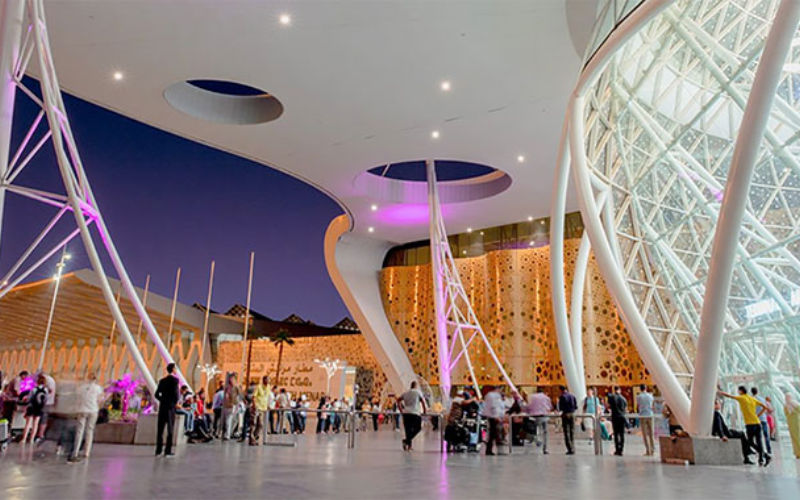Morocco Unveils Ambitious Airport Expansion Plan Ahead of 2030 World Cup

The National Airports Office (ONDA) is displaying new ambitions set out in its "Airports 2030" strategy, the year in which Morocco will co-host the World Cup alongside Spain and Portugal.
Modernizing infrastructure, bringing the customer experience up to international standards, and fundamentally transforming the National Airports Office. These are the objectives of the "Airports 2030" strategy, presented this Tuesday to the press by Adel El Fakir, Director General of ONDA.
On the modernization side, ONDA intends to modernize and expand the main airport platforms. The capacity of Casablanca Mohammed V airport will increase from 14 to 35 million passengers by 2029. Other airports (Marrakech, Agadir, Tangier and Fez in particular) will also undergo major expansion work to double their capacities and meet the strong growth in air traffic.
Regarding the customer experience, ONDA plans to integrate the latest advances in digitalization and innovation. "Our airports of the future will embody an open, ambitious and welcoming Morocco, offering international standards and an experience enriched by our legendary hospitality," said El Fakir. He added: "From air traffic management to the expansion of our airport platforms, from the tarmac to baggage handling on arrival or departure, from check-in to boarding, the customer journey will undergo a transformation that is already underway, digital but also human."
What about the transformation of ONDA? It is about the mutation of the institutional architecture, the strengthening of human capital and the reinforcement of the self-financing capacity. The Office intends to strengthen skills and modernize working methods through continuous training programs, the integration of new expertise and the adoption of best international practices. It also plans to promote internal innovation and the emergence of a new culture of excellence, by encouraging initiative, collaboration and continuous improvement.
El Fakir also stressed that his office must meet three major challenges. The first is related to the strong growth in air traffic. Morocco is experiencing a sustained increase in the number of passengers, requiring rapid adaptation of airport infrastructure. The second challenge concerns the development plan of the national airline Royal Air Maroc (RAM). RAM plans to increase its fleet from 50 to 200 aircraft by 2037, with an intermediate target of 107 aircraft by 2030. The third challenge is linked to Morocco’s co-organization of the 2030 World Cup with Spain and Portugal. This co-organization requires increased accommodation capacity and logistical fluidity for Moroccan airports.
Related Articles
-

Marrakech and Agadir Sizzle: Morocco’s Culinary Gems Top MENA Outdoor Dining Destinations
20 August 2025
-

Global Halal Boom: Google Trends Reveal Surge in Interest Beyond Muslim Countries
20 August 2025
-

Stranded Swiss Family of Nine Escapes Air Canada Chaos with $14,000 Royal Air Maroc Rescue
18 August 2025
-

Love Island Winners Molly and Tom Flaunt Lavish Marrakech Getaway at Exclusive Nobu Hotel
18 August 2025
-

Moroccan Retail Giant Atacadão Fuels Label’Vie’s Explosive Growth, Eyes 19 Billion Dirham Target
18 August 2025